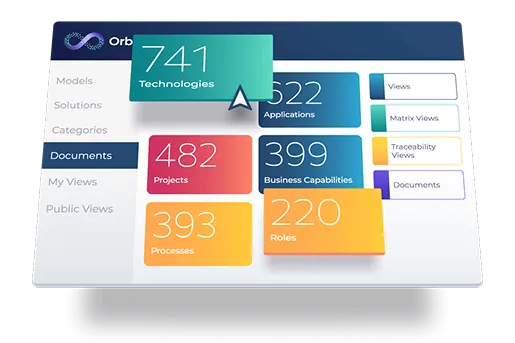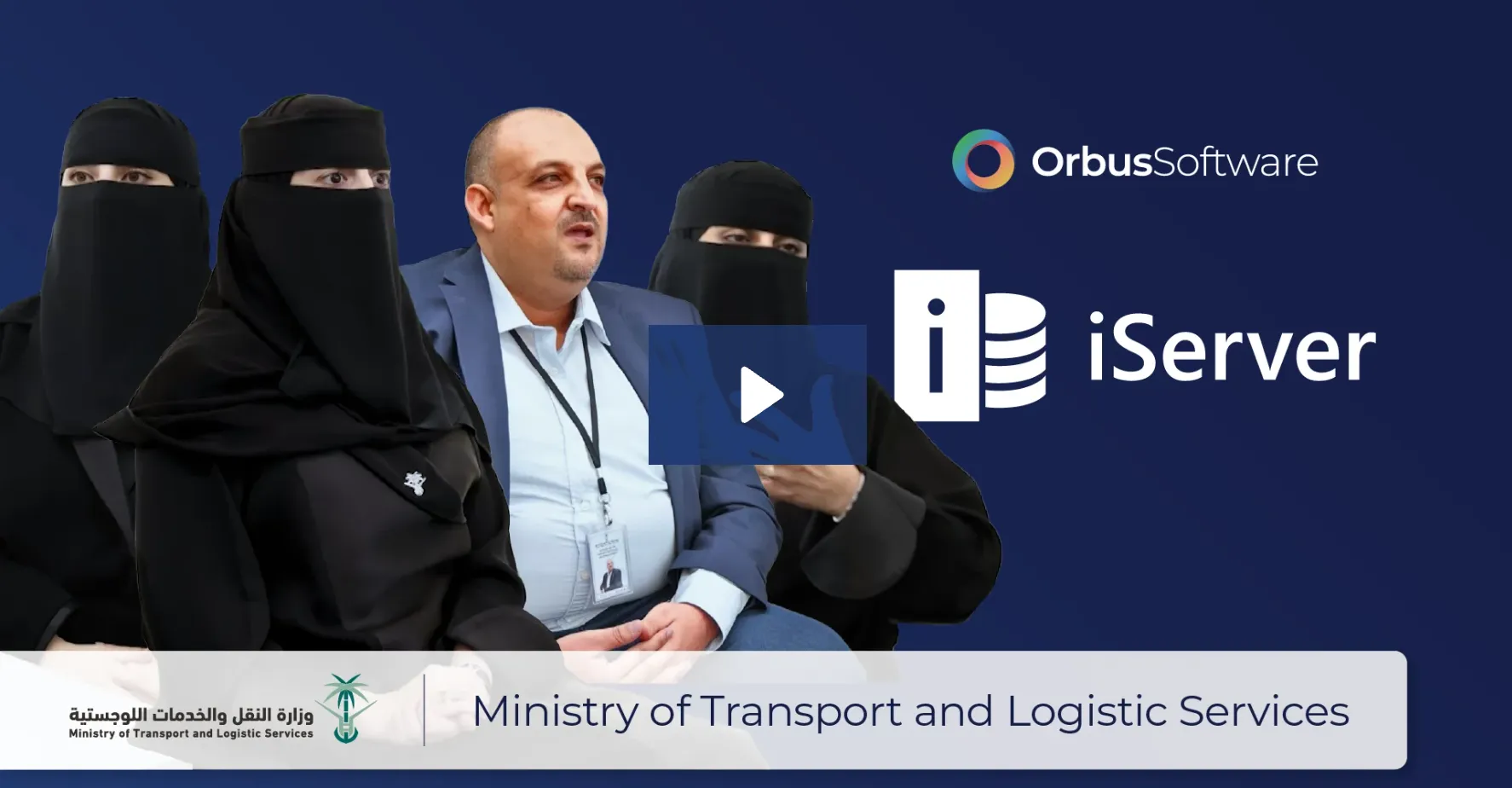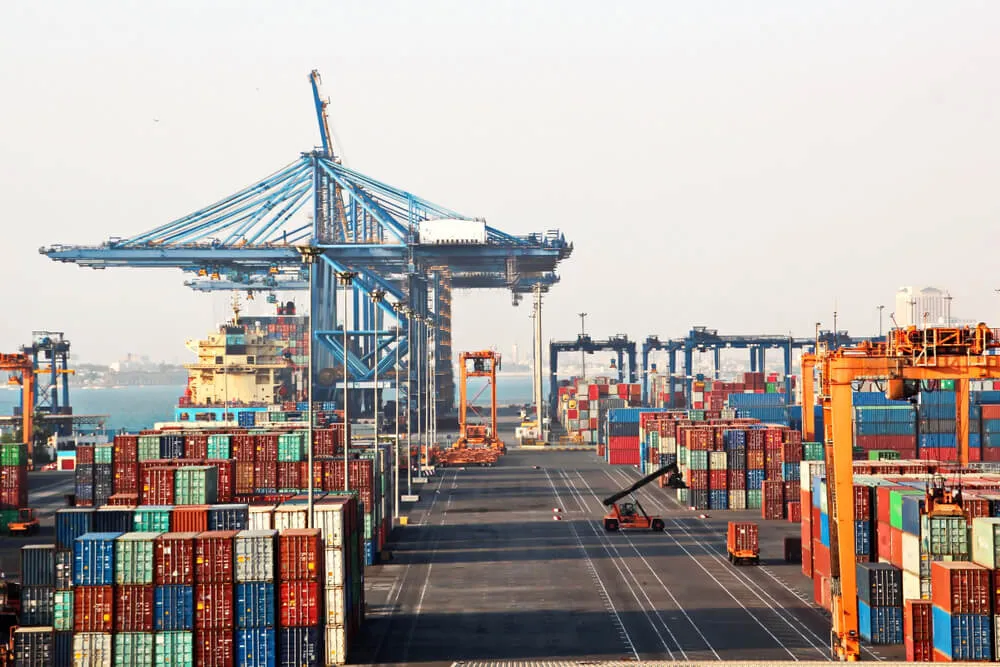
The cost-value benefit was far more significant than with other tools. From an APM perspective, iServer does a better job than Troux and it is much more cost effective. The usability and configurability are impressive, even for modifying the meta-model. It’s 30% cheaper to maintain the tool, and that’s not counting the benefits it creates.
Vattenfall is a Swedish state-owned power company that employs over 30,000 people. With operations in Denmark, Finland, Germany, Poland and the UK, it is one of the largest electricity producers and retailers in Europe.
The Challenge
Due to a long history of mergers and acquisitions, Vattenfall have historically faced challenges with their IT footprint and application consolidation. This challenge intensified when Vattenfall management insisted on the maintenance of a good quality technology infrastructure and organizational objectives, in order to safeguard the company’s competitive advantage. Identifying applications with overlapping functionality within a vast landscape such as the one supported by Vattenfall was as difficult as it was valuable for expediting ongoing and future projects. With the extra focus placed on them, the architects’ activity was at risk of becoming paralyzed.
The main obstacle in delivering this business objective were the inherent limitations within their existing tool Troux (now Planview). For one thing, the tool’s scope could not be widened to address the actual range of practices for which they needed support. The team also faced issues related to Troux’s usability, which at times limited the impact of their architecture. With these challenges in mind, the team decided to look at other options on the market.
Selecting iServer
Vattenfall looked at all tools available on the market. They used analyst reports and executed a comprehensive search of their own. The team were looking for a solution that would replace Troux as the de facto EA solution within the company. During this search, they discovered that iServer was already in use in another area of the company for different purposes. Still, the architects analyzed all the vendors carefully to ensure the new tool would receive everyone’s approval.
To begin with, they listed a number of key requirements. Then, to separate the tools that had passed the initial evaluation stage, they described a set of use cases to see how well they would perform on live tasks. The use cases effectively formed an overview of the IT architecture processes, comprising Technology Standards Management, Lifecycle Management, Solutions Selection, and Application Portfolio Management. This initiative had a broader remit than any attempted previously with relation to the IT function. The goal was to establish a practice that was wider in scope by supporting the team with a joint modeling platform and a central repository where architecture could be modeled, stored and managed.
The Proof-of-Concept stage was insightful. The principal consultant that assisted Vattenfall with setting up a demo environment offered extensive care to the team’s requirements. As such, the architects were able to answer all questions they had and get an in-depth feel for iServer. Despite the high level of scrutiny, Orbus Software’s iServer was selected as the tool of choice.
iServer’s maturity, flexibility and user-friendliness, as well as its content sharing capabilities were key to Vattenfall’s decision.
iServer provided a secure, easily governable and feature-rich central repository that acted as a unified location for all architectural content and documentation.
This eliminated disparate repositories of information. It also standardized documentation and promoted best practices through alignment with widely used standards and frameworks (ArchiMate, TOGAF, etc.).
Additionally, iServer had strong governance capabilities with the ability to conduct risk analysis, and provide reports for audit, compliance, traceability and mitigation purposes, as well as baselining and self-assessing features. The team at Vattenfall also took advantage of the tool’s range of communication modules, making it easy to disseminate any information to a chosen audience. iServer Portal, for instance, allowed them to share architecture insights with desired stakeholders.
The Solution
The Result
Vattenfall have seen a reduction in costs since implementing iServer and making it the de facto tool of EA within the company.
iServer has enabled higher transparency around their application environment, supporting consolidation efforts.
Vattenfall is now capable of managing the IT function as a whole, providing the right type of support to business capabilities on time, every time. The architectural initiative has delivered the company a more streamlined environment and better IT investment decisions, which ultimately contributed to cost efficiencies enterprise-wide.
Why iServer?
With iServer installed and deployed, the architects finally had a platform worthy of the job. They were able to build a catalog of applications, which the team had previously found challenging due to Troux’s lack of functionality. Via iServer’s Enhanced Views and Reporting Services features, the enterprise, business and solution architects were able to gain insights from the entire application landscape.
This further guided decision makers their activities. What’s more, thanks to key content being published on Portal, the architecture team were also able to involve business stakeholders in the process.
With the organization being distributed over Northern and Central Europe, Vattenfall has many legal entities using applications that overlap in functionality. Having access to a centralized view of this was of immediate high value for Vattenfall as it enabled application reuse, effective project scoping, and effective link identification between projects and supporting applications.
From an APM perspective, the team has matured significantly since implementing iServer. Currently, architectural content is very easy to maintain; the central repository anchors the entire practice. Altering or moving organization units within iServer, for instance, is very straightforward. And importantly, the propagation of change across the repository has made updating architecture artifacts a simple task.
Another benefit has been the reduction in the resources involved in running a tool. The company no longer needs a technical expert due to iServer’s ease of use. In terms of customizations, the vast majority of tasks can be done by the architects themselves or with the help of the Orbus Support team, which saves them time and consultancy fees. The platform packs considerably more utility, and that in turn has made it possible for users to achieve more in the same amount of time. The standardization of work was a significant component of this increased efficiency. Finally, to accelerate activities further, the department has set up an application retirement workflow to ensure certain key roles sign off on important decisions.









